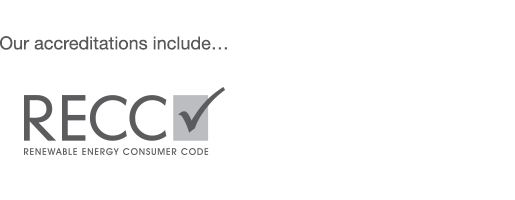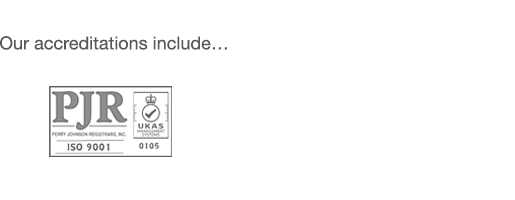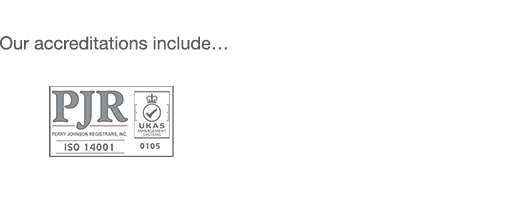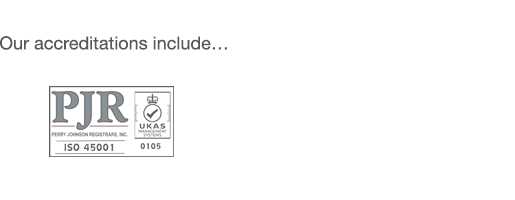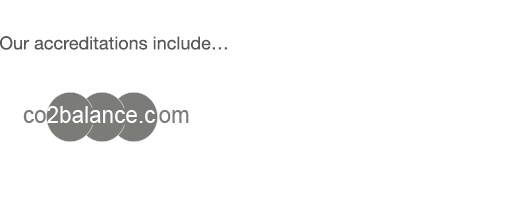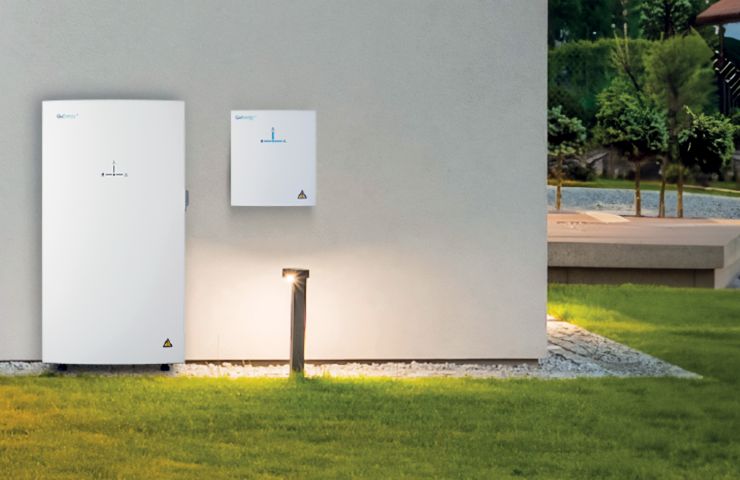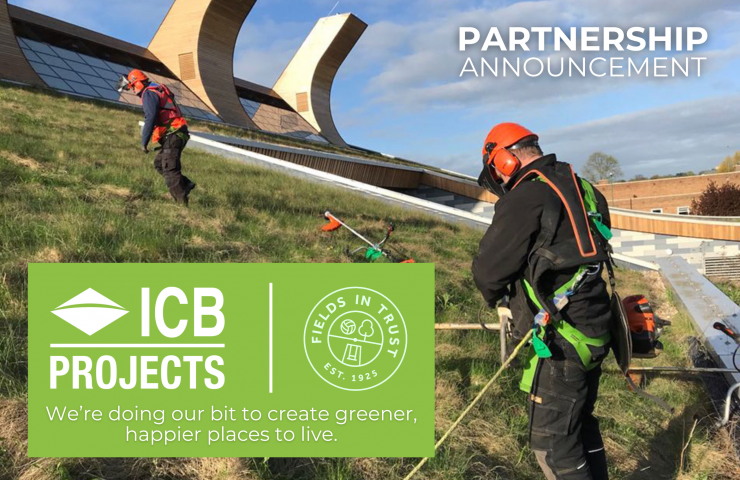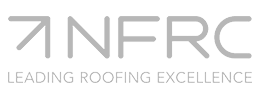Biodiversity Net Gain - The Future of Environmental Roofing
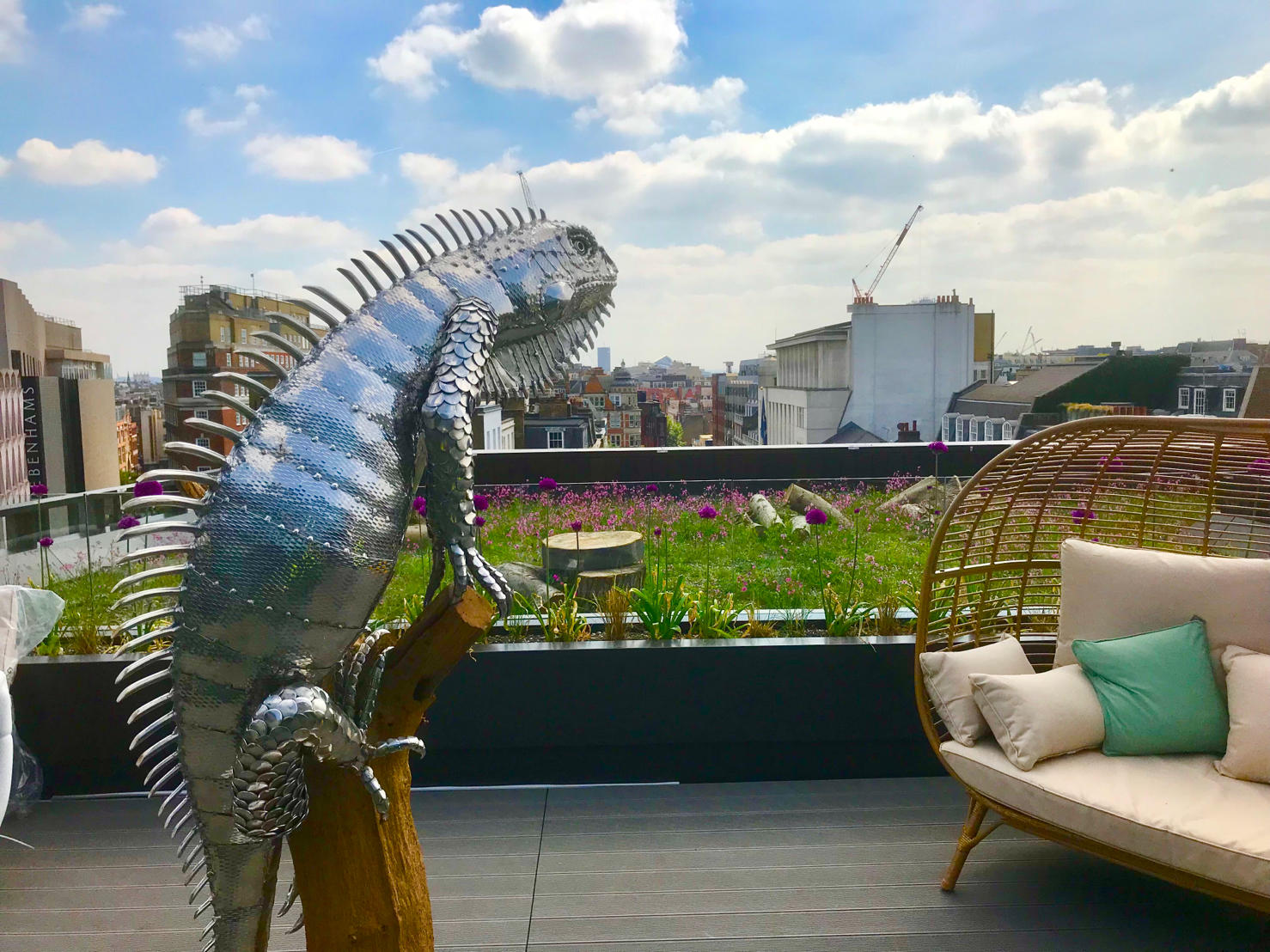
In the construction industry, it’s important to stay up-to-date with the latest trends, innovations, and industry standards. One of these innovations is known as biodiversity net gain (BNG). Biodiversity Net Gain is a method of development with the purpose of improving the state of biodiversity in comparison to before. Where man-made development interferes with biodiversity, it encourages developers to provide a solution to the issue by restoring the ecological network.
In other words, it involves creating new habitats that can support a range of flora and fauna to create an overall net benefit for the environment.
What are Blue Roofs?
Blue roofs are relatively new roofing systems that were designed with the goal of reducing stormwater runoff from buildings. They work by collecting the stormwater into large tanks, slowly releasing it back into the environment over time rather than all at once as would typically occur with traditional roofing systems. This reduces flooding by allowing rainwater to slowly drain away rather than flooding streets or basements during heavy storms.
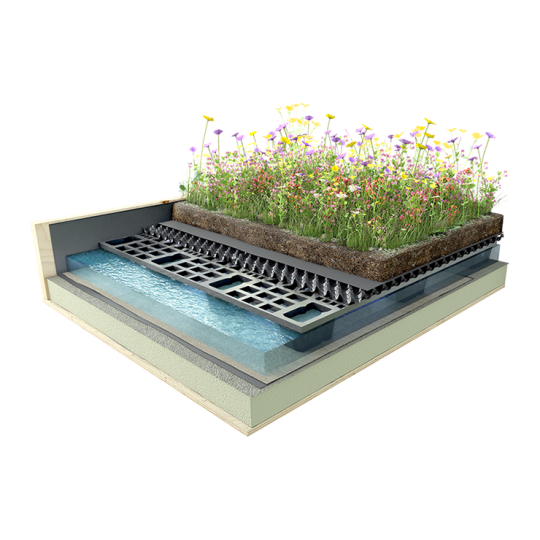
What are Green Roofs?
Green roofs are rooftop gardens that seek to reduce air pollution while also providing additional insulation for buildings below them. They work by absorbing some of the heat from the sun’s rays which helps keep the building cool in summer and warmer in winter, thus reducing energy costs associated with air conditioning and heating. Additionally, they help filter out pollutants from entering buildings through their vegetation which helps reduce air pollution in urban areas.
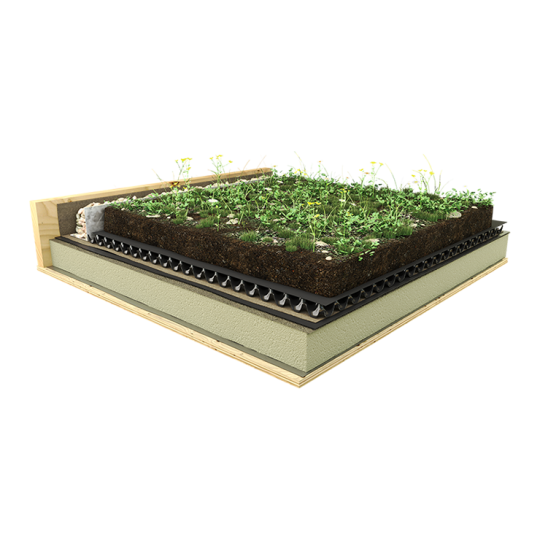
Environmental Benefits
Both green and blue roofs have numerous environmental benefits. They both help reduce air pollution levels by trapping pollutants from entering the atmosphere. Green roofs also serve as insulation for buildings which helps reduce energy costs as well as carbon emissions from heating and cooling systems. Additionally, blue roofs provide natural water filtration which helps clean stormwater runoff before it enters rivers or streams. In urban areas where large amounts of impervious surfaces prevent rainwater from soaking into the ground, blue roofs can help mitigate flooding problems by capturing excess rainwater until it slowly drains away over time.
Conclusion
To sum it all up, biodiversity net gain is an important concept to understand as it’s quickly becoming an industry standard in many countries around the world. Understanding how green and blue roofs work together improves habitat quality while providing numerous environmental benefits such as air purification and flood mitigation. Specifiers will be better equipped to meet their clients’ needs when designing new rooftops or renovating existing ones. With biodiversity net gain rapidly becoming a popular trend among eco-minded consumers, we should take advantage now so it doesn’t fall behind in this rapidly changing industry landscape!

